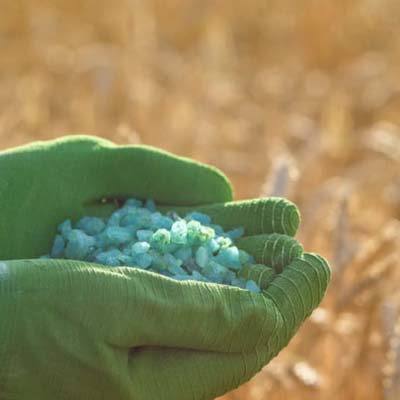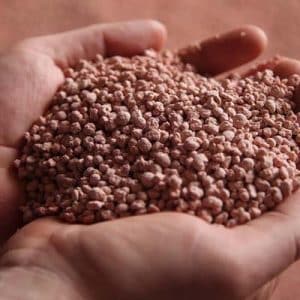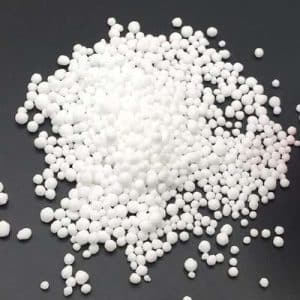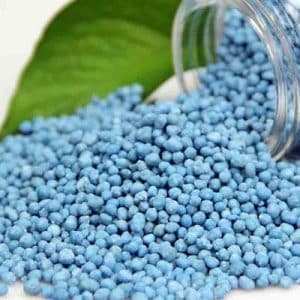Description
The fertilization requirements for wheat vary depending on factors such as soil fertility, climate, and specific crop management practices. Wheat, like other cereal crops, has certain nutrient needs at different growth stages to achieve optimal yields and quality. Here are the key nutrients required by wheat and considerations for wheat fertilization:
Key Nutrients for Wheat:
- Nitrogen (N):
-
- Role: Essential for vegetative growth, protein synthesis, and grain development.
- Application Timing: Apply nitrogen at multiple stages, with a significant portion applied at the tillering and early stem elongation stages.
- Considerations: Adequate nitrogen is crucial for high protein content in wheat grains.
- Phosphorus (P):
-
- Role: Important for root development, energy transfer, and flowering.
- Application Timing: Apply phosphorus as a starter fertilizer during planting.
- Considerations: Phosphorus is essential for early crop establishment.
- Potassium (K):
-
- Role: Aids in stress tolerance, disease resistance, and overall plant vigor.
- Application Timing: Apply potassium at the beginning of the growing season.
- Considerations: Adequate potassium promotes strong straw and improves lodging resistance.
- Sulfur (S):
-
- Role: Important for protein synthesis and overall crop quality.
- Application Timing: Apply sulfur at early growth stages, especially in regions with low sulfur availability.
- Considerations: Wheat is responsive to sulfur fertilization, and sulfur deficiencies can affect grain protein content.
- Micronutrients:
-
- Iron (Fe), Zinc (Zn), Manganese (Mn), Copper (Cu), Boron (B):
- Role: Essential for enzyme activation, nutrient uptake, and overall plant health.
- Application Timing: Apply micronutrients as needed based on soil tests and crop responses.
Considerations for Wheat Fertilization:
- Soil Testing:
-
- Conduct soil tests to assess nutrient levels and determine fertilizer needs.
- Soil tests guide the formulation of a targeted and balanced fertilizer program.
- Fertilizer Formulations:
-
- Choose fertilizers with appropriate nutrient ratios based on soil test results and crop requirements.
- Consider using blended fertilizers or custom blends to meet specific nutrient needs.
- Application Timing:
-
- Split applications can be beneficial, especially for nitrogen, to match the crop’s nutrient demand during different growth stages.
- Apply phosphorus as a starter fertilizer during planting.
- Placement:
-
- Place fertilizers strategically, ensuring good seed-bed contact for starter fertilizers.
- Consider deep placement for certain nutrients, especially phosphorus.
- Environmental Factors:
-
- Consider the impact of environmental factors on nutrient availability, such as soil temperature and moisture.
- Adjust fertilizer application rates based on factors like organic matter content and soil texture.
- Residue Management:
-
- Manage crop residues effectively, as high residue levels may tie up nutrients and impact fertilizer efficiency.
- Cultivar Differences:
-
- Some wheat cultivars may have different nutrient requirements, so consider these differences when developing fertilization plans.
It’s important for wheat farmers to adopt fertilization practices based on the specific characteristics of their fields and local conditions. Regular monitoring of crops and soil, along with adjusting fertilization practices as needed, can contribute to successful wheat production. Consulting with agronomists or extension services can provide valuable guidance in developing effective fertilization strategies for wheat crops















Reviews
There are no reviews yet.